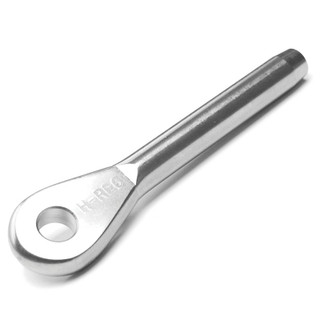What are the risks of replacing all standing riggings to a compression fittings or swageless , with sta lok or norseman by myself? I watch many people doing it on YouTube with no special difficulties.
I am thinking of doing it myself is there anything in particular I need to pay attention? The money saving is what I need because I am doing a major refit on my S2 9.2C and the expenses are overwhelming. Is Norseman better then Sta lok?
Any advice will be appropriated
I am thinking of doing it myself is there anything in particular I need to pay attention? The money saving is what I need because I am doing a major refit on my S2 9.2C and the expenses are overwhelming. Is Norseman better then Sta lok?
Any advice will be appropriated
Attachments
-
594.2 KB Views: 186
-
405.5 KB Views: 233
-
410.1 KB Views: 236
-
842.3 KB Views: 227
-
361.8 KB Views: 220








